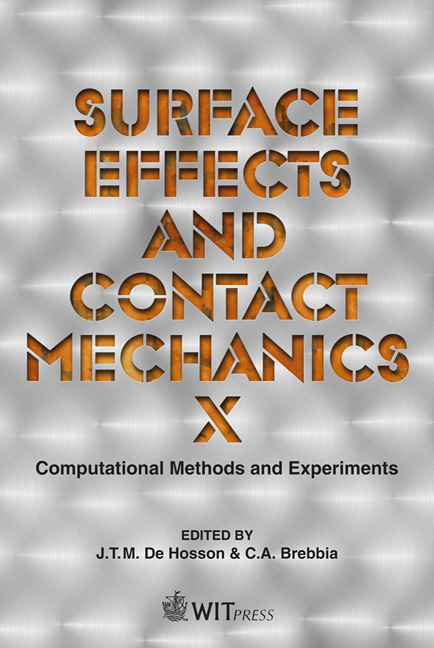A Study Of Breakout Of A Continuously Cast Steel Slab Due To Surface Cracks
Price
Free (open access)
Transaction
Volume
71
Pages
11
Page Range
85 - 95
Published
2011
Size
3,836 kb
Paper DOI
10.2495/SECM110081
Copyright
WIT Press
Author(s)
F. Kavička, J. Dobrovská, K. Stránský, B. Sekanina, J. Stetina, M. Masarik, T. Mauder & Z. Franek
Abstract
The solidification and cooling of a continuously cast slab and the simultaneous heating of the mold is a very complicated problem of three-dimensional transient heat and mass transfer. The solving of such a problem is impossible without numerical models of the temperature field. Experimental research and measurements must be carried out simultaneously with numerical computation. An important area of the caster is the so-called secondary cooling zone, which is subdivided into thirteen sections. In the secondary cooling zone, where the slab begins to straighten, a breakout of the steel can occur at the points of increased local chemical and temperature heterogeneity of the steel, due to increased tension resulting from the bending of the slab, and also due to high local concentration of non-metallic, slag inclusions. The changes in the chemical composition of the steel, during the actual continuous casting, are especially dangerous. In the case of two immediate consequent melts this could lead to immediate interruption of the continuous casting and to a breakout. The temperature field of a slab was calculated by means of original numerical model before, as well as after the breakout and the calculated parameters were collected. If the dimensionless analysis is applied for assessing and reducing the number of these parameters, then it is possible to express the level of a risk of breakout as the function of five dimensionless criteria. Keywords: continuously cast slabs, oscillation marks, hooks, chemical composition, breakout.
Keywords
continuously cast slabs, oscillation marks, hooks, chemical composition, breakout





